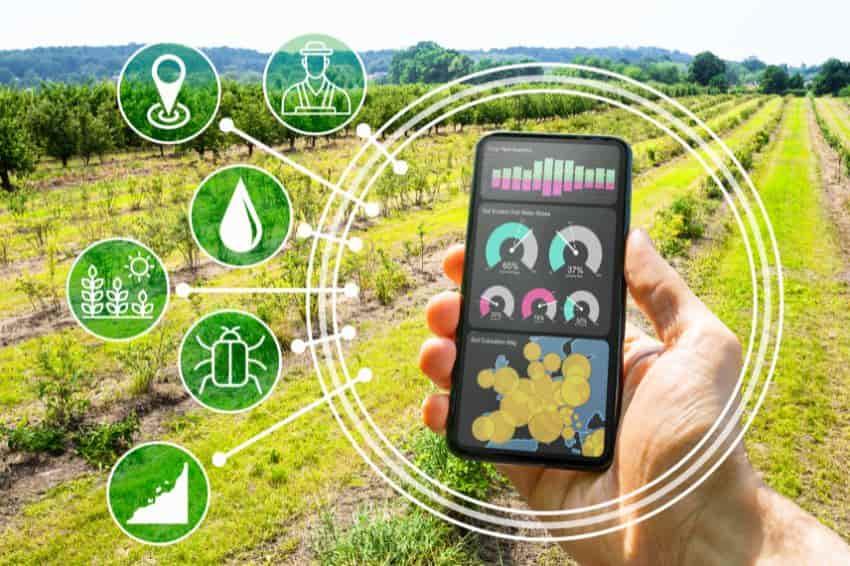Cultivating Profit: The Revenue Models of IoT in Agriculture

The financial foundation of the smart farming revolution is built upon a diverse and evolving set of monetization strategies. The impressive growth in IoT in Agriculture revenue, the primary force propelling the market from $10.85 billion in 2024 to a projected $34.7 billion in 2035, is generated through a mix of hardware sales, recurring software subscriptions, and high-value data services. This expansion is supported by a clear shift from large, one-time capital expenditures to more flexible, service-oriented models that lower the barrier to entry for farmers. Understanding these different revenue streams is key to appreciating the economic architecture that is enabling the widespread adoption of precision agriculture technologies.
The most traditional and still largest revenue stream is the one-time sale of hardware. This includes the upfront purchase of a wide range of physical products, such as GPS guidance systems for tractors, autonomous farm machinery, drone systems for crop scouting, and networks of in-field sensors for monitoring soil and weather conditions. For manufacturers of this equipment, from large corporations like Deere & Company to specialized drone makers, this project-based sales model generates significant upfront revenue. While effective, this model can represent a high capital cost for the farmer, which has led to the growth of alternative, more flexible models to supplement direct hardware sales.
The fastest-growing and most scalable revenue model is the recurring subscription, typically for a cloud-based software or data platform. In this Software-as-a-Service (SaaS) model, farmers pay a recurring fee (often annually per hectare or per user) for access to a farm management platform. This platform integrates and visualizes data from all their different sensors and machines, providing a single dashboard to manage their entire operation. This model is highly attractive to technology providers as it creates a predictable, long-term income stream. For farmers, it converts a large upfront software cost into a manageable operational expense and ensures they always have access to the latest software features and updates.
A third and increasingly important revenue stream is centered around data and value-added services. Some companies are moving towards a "Farming-as-a-Service" model, where they might provide the sensors and analytics in exchange for a share of the crop yield improvements or cost savings they generate. This outcome-based model directly aligns the technology provider's success with the farmer's. Additionally, aggregated and anonymized data collected from thousands of farms can itself become a valuable product, sold to commodity traders, insurance companies, or government agencies for market forecasting and risk analysis. Furthermore, professional services, such as agronomic consulting based on the IoT data, represent another high-margin revenue opportunity, helping farmers translate the vast amounts of data into profitable on-farm decisions.
Explore Our Latest Trending Reports:
- Art
- Causes
- Crafts
- Dance
- Drinks
- Film
- Fitness
- Food
- Giochi
- Gardening
- Health
- Home
- Literature
- Music
- Networking
- Altre informazioni
- Party
- Religion
- Shopping
- Sports
- Theater
- Wellness
